I first visited Belgium in July 2013 and I stayed for almost two months. It didn’t take long for me to come again when made a second visit in 2014 — which then turned into an almost 3-year stay! (Belgium Facts)
Given the total time that I have spent here, surely I have come to learn, love, and appreciate a LOT of things about this underrated European country; so in turn, I will try to sum it up and share my experience with you guys!
Top Activities in Belgium?
Check out these top things to do in Belgium!
But first, let me explain why I described it as underrated: aside from it being a small (but influential) country on the map, some people and articles actually refer to Belgium as the most boring country in the world — this may or may not be true depending on how you define ‘boring‘, but personally, I don’t agree with it.
What I rather agree with are the satirical articles that ponder on why would anyone even say that Belgium is boring…
- When they have a naughty pissing statue as a famous landmark
- When they hold the current world record for having the most number of days without a government (that did not result in chaos)
- When they have monks (yes, monks!) who make great-tasting beers that are famous all over the world
(I’ll discuss more of these things in detail later on in this post.)
But, see…?! Belgium is NOT boring! It’s just exceptionally odd in a charming way!
*laughs* But I hope you get my point: it can be quite interesting here and I guess people just tend to equate boredom to Belgium because of the ‘relaxed’ and ‘laid-back’ ambiance (which I generally don’t mind). Besides, I believe that as long as you know where to go and what to do, Belgium can be a fun place to be! It’s like that for me and I just ultimately love experiencing any different culture, environment, and way of life.
Therefore with this blog post, I will be sharing with you some of the interesting Belgium facts that I learned while staying in the country as a foreigner from the Philippines.
RELATED READS:
– Top Things to Do in Brussels
– Belgium Travel Guides
Belgium Facts & Trivia
1. 3 official languages & 3 regions
Photo by: Shutterstock
Belgium has 3 official languages: Dutch, French, German. In relation to this, they have 3 regions: Flemish, Brussels, Walloon, Flemish (or Flanders) and Walloon (or Wallonia) that are further subdivided into provinces (but Brussels is not a province nor a part of any province.)
When it comes to languages, those who speak Dutch — or to be precise: Flemish, which is a local dialect of Dutch — make up 59% of the population and are mostly from the Flemish region/community. Whereas those who speak French make up 41% of all Belgians and are mostly from the Walloon and Brussels regions. There is only a small group that speaks German as highlighted in the map above.
Trivia: There is actually a bit of tension going on between the Flemish-speaking region and the French-speaking region which might have rooted from the political scene. I say this because there are a LOT of governing bodies that oversee the different communities in Belgium — it’s a known fact that Belgians are experts in making simple things complicated; so if I try to discuss this aspect, this post would become very long and complicated. With that, just imagine the kinds of arguments and clashes that they have to do with one another… Rest assured though, the situation is not alarming, it’s definitely not resulting to any sort of madness or riots.
.
More Trivia: The Flemish region is in a sense, more prosperous than the Walloon region. Brussels by the way, is home to NATO and the de facto capital of the European Union so it’s kind of a big thing. Aaaand Belgium is a federal monarchy, so they do have kings, queens, princesses, etc.
As for education, Flemish schools often require children to learn French, Walloon schools require either Dutch or English at some point, and German community schools require French lessons.
It depends per school but it’s evident how each region tries to incorporate the other regions’ languages too — which is good. Anyhow, I just think this is awesome because if you happen to learn all three, it’s so easy to become a polyglot later on in your life (at least that’s what I think).
However, don’t assume that every Belgian person would fluently speak all 3 languages. Still, it won’t be hard to speak to Belgians in English especially if you’re in cities like Brussels, Antwerp, Ghent, etc. But in the ‘countryside’, it would be a bit hard to find someone who speaks English. It’s possible especially if you come up and talk to younger people, but it becomes rare for older ones.
2. The country is predominantly ‘flat’
Photo by: Shutterstock
There are not that many mountains or hills, especially in the north (Flemish region) which has its highest point at only 60 meters.
The south (Walloon region) is more hilly as pictured above in Dinant, but still, it’s not that much given how its highest point is at only 694 meters – the highest point in all of Belgium is a place called Signal de Botrange.
3. There is an abundance of bicycles
Photo by: Shutterstock
Much like its neighbor, the Netherlands, Belgium is a land of ‘cyclists’.
Everyone has their own bike and most short-distance trips are done with it instead of a car — which is great because other than it being a healthy activity, it’s also eco-friendly! With this, of course, you will always see bicycle parking spaces, cyclist traffic lights, and proper bike lanes. It’s easy to go around town or in the forests and be totally assured of your safety and route.
Personally, I find this amazing because the government in the Philippines (my home country, for example) has little to no regard for cyclists. I guess, given the condition of our air and traffic volume, biking isn’t an ideal thing at all; but it’s still such a shame because I LOVE biking.
I always did it when I was young as well as when I was still living in my hometown: Batanes (a rural island in the Philippines). So imagine how I first ogled at all the people riding their bikes here! Some would even decorate it while some others would drive such lovely vintage ones. (In most cities like Antwerp and Brussels, there are also rental bikes spread out all over the streets).
4. Big love for cycling as a sport
Photo by: Shutterstock
Related to #3, a lot of Belgians love to cycle (they even have an event that celebrates ‘all things bicycle’ called Tour de Fats) so I guess it follows that most of them love the sport of cycling too.
Do you also know the Tour de France? Several Belgian cyclists have become champions of that, which makes Belgium the second country with the most Tour de France wins behind France. Belgians even won medals in the Olympic Games and other different popular cycling races all around the globe so it makes sense that they are proud of this, and therefore ‘follow‘ the sport.
But I guess this applies mainly for males since I’ve never seen a female friend or relative of my Belgian friends that go loco over cycling like the men do… Truth be told, when I’m walking around town, I would often only see male cyclists in full gear seemingly on training or just out for their daily exercise—but never a female one (though there are few female watchers that I see on TV during races.).
Plus, if I may add, some of these cyclists that I see would even sometimes be older men and it’s just admirable. Again, in contrast with my home country, not a lot of old people are as active like that.
TRIVIA: In a traffic accident in Belgium, it is actually an instant assumption that it’s the fault of the vehicle driver and NOT of the pedestrian or cyclist; unless the driver can actively prove it was the cyclist’s/pedestrian’s fault.
5. Horrible traffic jams
Photo by: Shutterstock
Of course, this is something that I don’t love, but it’s an interesting thing to know! Most specifically in Brussels & Antwerp, these cities have the worst traffic jams* in the world according to Forbes.
For example, they say that drivers in Brussels waste an estimated 83 hours a year in traffic… and I thought we have it bad in the Philippines! (Nevertheless, we are still one of the cities in the world with the worst traffic and the majority of our drivers are never disciplined and the roads are never orderly nor good.)
Now apparently, the congestion here is said to be mainly caused by company cars, in which 1 out of 5 Belgians have — oi, that’s a lot! This definitely comes off as a weird thing to me because companies in Asia don’t do this for their employees, they only do it for those who are on a very high managerial or executive position. But it seems that it is more tax advantageous for companies here to give out cars rather than to give higher salaries.
“…What!? How can that be more tax advantageous???”
Well, Belgium has the highest tax rates in Europe, and doing this will make companies pay less tax compared to when they give their employees a raise or a bonus.
BELGIUM FACTS TRIVIA: Belgium is the world’s 3rd country with the most vehicles per square kilometers after the Netherlands and Japan. Another trivia: there is an ongoing + life-long ‘joke’ that Belgians have worse roads than the Netherlands since when you cross the border, you’ll immediately see and feel the difference.
.
*Note: In terms of frequent traffic, however, Paris and London rank higher.
6. Amazing public transportation
Photo by: Shutterstock
This is definitely beneficial not only for Belgians (who don’t have or want to drive a car) but for tourists too! And again, this makes me sad and envious because Manila has none of this — but okay, I know that it’s expected as it’s a 1st vs 3rd world country predicament.
Anyhow, other than their awesome rail system and stations (that can just easily transfer you to any European country), each of their three regions even have their own organized bus and tram networks:
- Flemish region: De Lijn
- Brussels region: MIVB-STIB
- Walloon region: TEC
I have experienced the services of De Lijn and it always makes me want to cry whenever I see the schedules and routes that are so well-coordinated and planned. The buses have high-tech payment systems too (payment through electronic cards or through your phone) and it can even accommodate persons with disabilities (it has ramps and sections especially for them).
Without a doubt, all of it just makes me say: “This! This is how a society should work!
I did mention that there are traffic jams in Antwerp and Brussels but the good thing about De Lijn is that it has its own lane on the highway; so in case there is congestion, the buses can just breeze by with no problems. This definitely encourages people to use public transportation!
…But I guess it makes you question why everyone is still driving their company car and sitting in traffic when there’s a fantastic public transport system that exists. Well, I presume that it just boils down to the way the people think: maybe they like to drive their car because they’re not paying for it nor its fuel anyway, or that maybe they just love driving as much as they love biking!
7. Dense, toll-free, and (sometimes) well-lit motorways
DENSE: Belgium has one of the highest road densities in Europe. ‘Road density’ is said to be the “ratio of the length of the country’s total road network to the country’s land area”. Simply put, it means that Belgium has a LOT of roads interconnected to one another. Some of the motorways even have 3 lanes and different roads called as A-roads, B-roads, E-Roads R-roads, N-roads, T-roads, and secondary N-roads or Provincial Routes. Now I won’t bother explaining each (as it’s another complicated thing) but just imagine that they have a LOT of roads.
TOLL-FREE: Self-explanatory. I guess it makes sense for it to be toll-free because Belgians are paying a lot of taxes to their government!
WELL-LIT: Belgian motorways or highways are said to be the best lit in the world and that they even pioneered the use of high-mast lighting for roadways. But due to recent energy-saving efforts, the Flemish part doesn’t light up most of their highways anymore and that’s usually after 11PM until early morning. They only leave it on if there are extreme weather conditions, road works, accidents, or traffic jams — this saves them EUR 2 million a year, naturally.
There are some articles claiming that the Belgian highway is the only man-made structure visible from the moon at night.
This is not true, the same way that the Great Wall of China is not visible from the moon. Come on guys, the moon is very far… I guess they need to brush up and say that it can be visible from space, with ‘space’ being 400km max above Earth (unless they use some high-tech zoom-in lens or whatever).
So I guess the best statement to say is that the Belgian highways are one of the brightest man-made structures visible from space at night at a certain ‘height’ and with the right equipment.
8. Existence of license plates as an identifier
Photo by: Shutterstock
This doesn’t only apply to Belgium as it’s for the whole of Europe. Some European countries have yellow license plates, some have blue fonts, etc. (as seen here).
But for the European Union countries, they are uniform in design: a blue strip on the left side of the plate with the European flag symbol (twelve yellow stars) on top and the country code of the member state in which the vehicle is registered below it (as seen here).
I just find this amusing because you can easily identify where the driver in front of you is from!
9. Yummy chocolates everywhere
Photo by: Shutterstock
Alas, we are discussing FOOD! (I guess that’s enough discussion about transportation.)
So who would ever forget about Belgian chocolates!? It’s sooooo divine that every other country in the world tries to smack a ‘Belgian chocolate’ label on their product as they try to imitate and replicate the real thing… yet no one will ever beat the chocolate here. NO ONE!
The Belgians simply perfected this type of gourmet that it’s a must to try one of the famous brands like Neuhaus (the inventor of the ‘praline‘), Godiva, Leonidas, and Nirvana. Though of course, there are a LOT more other brands and shops in Belgium (like Marcolini, Wittamer, etc.) that can definitely make you cry with joy.
To add to the frenzy of chocolate, I even noticed that there are various snacks and dishes that they try to put chocolate into. I even noticed that they eat chocolate — a LOT — for breakfast, after tea, after coffee, etc.
In fact, it’s only in Belgium that I experienced being given a piece of chocolate whenever I order coffee or tea.
10. They have lekker (delicious) bread
Photo by: Shutterstock
Belgium has a VAST variety of bread much like Italy, Netherlands, France, etc. But personally, it seems that the bread in Belgium goes bad very quickly as compared to the others — which is a VERY good thing!
This means that Belgian bakeries avoid preservatives for as much as possible so there is fresh bread every da. I swear, the moment that I first tasted the bread here, I immediately knew the difference as compared to those that I’ve had in Asia.
Their snacks, sweets, cakes, pies, and biscuits don’t disappoint either. (Who hasn’t heard of the famous speculoos?)
Another thing that I noticed is that the typical Belgian bakeries look AMAZING. Never have I ever stumbled into a small town bakery that doesn’t look like it has been well thought out or well-decorated. (In fact, I’ve been to a bakery once that looked like a diamond shop!)
Everything is just so charming and some of these bakeries even have a motif going on since I also previously chanced upon a garden-themed bakery, Alice-in-Wonderland bakery, etc. and these were not even based in the city! They were just normal bakeries in a small town somewhere in Flanders.
BELGIUM FACTS TRIVIA: – It seems to me that it’s more common to celebrate birthdays here with fruit pies rather than cakes with icing etc.
11. They love broodjes
Photo by: Shutterstock
Connected to #9, Belgians love and often eat broodjes or sandwiches, and they have a LOT of choices for bread type, toppings, and spreads. So it follows that aside from bakeries, they also have a lot of shops that sell these sandwiches.
My personal favorite? Their martino sandwiches that are made from steak tartare.
12. Array of Belgian meals
Photo by: Shutterstock
Typical Belgian meals go like this…
- BREAKFAST: Very light. Contrary to popular notion, they DON’T eat waffles for breakfast. They eat bread (as connected to #9 and #10) and this can be bread (sliced, soft bread, hard bread, brown bread, etc.) with sliced meat, jam, butter, etc. Or in some cases, it could be bread pastries (like those with raisins, chocolate bits, fruit, gingerbread, etc.)
- LUNCH: Medium-sized. Almost all of the time they eat brood, if not bread.
- DINNER: The only heavy meal that often consists of potatoes with seafood/meat and vegetables.
This is something that I had to adjust to because in the Philippines (or in Asia) we often eat 3 heavy meals a day. LOL. Usually always with the combo: rice + viand.
13. Belgian (French) fries are paired with mayonnaise
Photo by: Shutterstock
We all know the craze for Belgian fries and I will be one of the many people to confirm that they are reaaaaally good. I guess most other shops/people who sell fries all over the world just don’t know the secret to it… which is simply just to: double fry. (Or even if they do, they don’t go the extra mile — or in this case, ‘fry’). But surely, the right type of potatoes plus the right type of oil is vital too.
Another thing that I found interesting was that almost everyone prefers to dip it in mayonnaise instead of ketchup. At first, it sounded and looked weird, but it’s actually a good dip for the fries! Though if you ask me, I still prefer ketchup or no dip at all since the Belgian fries have enough ‘flavor’.
By the way, I alwaaaays crave their fries, mind you. Everywhere we go, when I see a frituur (a shop that sells fries with different dip choices* and fried meat) I go crazy. And speaking of fried meat, they are delicious! My favorites are the bitterballen and the special kurryworst.
*Sample dip choices for meat and fries: Aside from the ketchup and mayonnaise, they also have curry ketchup, tartar sauce, cocktail Whisky sause, andalouse, American, samurai, riche, Mexican, oriental, Brazil, béarnaise or diablo.
BELGIUM FACTS TRIVIA: Mussels + Fries combination is often referred to as Belgium’s national dish. It sounds like another odd combination but it works! Also, it appears that a growing number of Chinese people are becoming owners of frituurs! They actually have a word for these frituur-owners: frietchinees.
14. They lack McDonalds
Photo by: Shutterstock
There are not a lot of McDonald fast food shops here which makes absolute and perfect sense — Belgians already have the epic frituurs you know!!!
Personally, it even surprises me why McDonald’s would even exist and thrive here. According to factsofbelgium.com, “Belgium has one of the lowest proportions of McDonald’s in the developed world. It has 7 times fewer McDonald’s restaurants than the USA and 2 times less than France.”
But other than the frituurs, Belgium also has Quick, their own popular fast-food chain founded in 1970 (so it’s like the equivalent of our Jollibee in the Philippines that continually tries to bring down McDonald’s, but in Belgium’s case, they’re winning a whole lot more).
BELGIUM FACTS TRIVIA: There are also not a lot of Starbucks shops here, which is definitely fine. Who needs Starbucks when there are nicer cafés? …And beer.
15. No such thing as “Belgian Waffles“
Photos by: Shutterstock
COMMON TRUTH: that the waffles here are delicious. There are actually three (3!) common waffle types…
- Liège Waffles – richer, denser, sweeter, and chewier. It has pearl sugars and is the most common type of waffle available in Belgium, often prepared in plain, vanilla, and cinnamon varieties and can be topped with cream, chocolate, fruits, ice cream, etc.
- Brussels Waffles – bigger, lighter, crispier, and have larger pockets. It’s easily identified given that it’s rectangular.
- Galettes campinoises – thinner but rigid and crunchy. It’s buttery, crumbly and soft in the mouth (not to be mistaken with the French galettes which are like pancakes)
UNCOMMON TRUTH: There’s NO such thing as a ‘Belgian Waffle‘ in Belgium since this is rather a type of waffle that’s popular or coined in North America. So naturally, you won’t ever find a ‘Belgian Waffle‘ in Belgium because they have a LOT of varieties instead like the three types that I’ve mentioned above.
16. Some of the famous Belgian beers are made by monks
Photo by: Shutterstock
Belgians are proud of their beer and they should be — it’s the best in the world! I know a LOT of people who love it, and some of my friends back in Asia would even often jokingly beg me to send over some of the less-popular but great-tasting beers here (there are so many other amazing beers in Belgium aside from the well-known brands like Stella Artois, Hoegaarden, etc.).
Before I go on: I actually don’t like the taste of beer. It’s an acquired taste and I haven’t ‘acquired’ it yet, unfortunately; but, fortunately, there are fruit beers in Belgium that I love, like the Kriek lambic or cherry beer (ex: Lindemans) given how they are milder.
Now take note that there are a lot of Belgian beers, around 800 different ones, and naturally: Belgians LOVE it and drink it regularly! It’s said that on average, Belgians drink 150 liters of beer per year, per person, which is no surprise because I would always see people drinking beer early in the morning in the cafés as if it’s coffee or tea. But anyway, to add more facts to the interesting Belgian beers, did you know that…
- Some of the most popular Belgian beers are made by monks in monasteries – they are called Trappist beers and they have their own ‘order’ or association: 6 from Belgium, 2 from the Netherlands, 1 from Austria, and 1 from the US. In Belgium, these 6 monasteries are Achel, Chimay, Orval, Rochefort, Westmalle, and Westvleteren. My Belgian friends mostly live in Westmalle so I would often see the monastery.
- Almost every beer has its own particular, uniquely shaped glass – and most of the time, they are only served in those glasses. It’s said that using the correct glass is considered to improve the beer’s flavor.
- Most come in bottles – not cans, and again, mostly being drank from the glass and not straight from the bottle.
- Some of the Belgian beers have interesting names – Dulle Teve means mad bitch, Duvel means devil, and then there are those beers called Satan, Lucifer, and more.
BELGIUM FACTS TRIVIA: Belgian teenagers are legally allowed to drink beer and wine at the age of 16, but 18 for spirits.
17. No concept of “service/tap water” in cafes, restaurants, etc.
When you ask for water in a restaurant, expect that they will serve you a bottle of water (which is costly). Apparently, it’s a cultural thing or a habit of Belgians to not serve service or tap water. No Belgian even asks for it when dining either. But certainly, when you explicitly ask for ‘free tap water’ they can and will serve you that, but it would come off as a bit odd to them…
Rest assured, tap water here is DEFINITELY safe and clean; households drink their water from the tap anyways. So sometimes… when we go out, I can’t help but joke to my Belgian friends that bewildered tourists who are not willing to pay for water can just go to the toilet room to drink from the tap if they want to.
NOTE: This is also a common thing in most European countries, but I think that the water thing is more of an instant assumption in Belgium rather than in other countries like France, etc.
18. Lack ‘FREE’ public toilets
Photo by: Shutterstock
I’m from the Philippines and there is an abundance of free toilets in public places (mostly not so clean toilets, but at least it’s there) so it was surprising for me to see that public toilets are hard to find in Belgium.
The only assurance that I have is that the metro stations have it because sometimes the shops, restaurants, or cafés don’t even have one.
Speaking of ‘free’… public toilets here are not really so free. They charge you .30 to .50 EUR cents even when it’s in the mall, in a restaurant, in the movies, etc. Of course in Manila, we have toilets that we have to pay for (often with the whole shebang of extras like lotion, etc.) but you’ll always have the option of going the other way: the free way.
NOTE: The words “WC” stands for “Water Closet” and this is a common symbol used across Europe for toilets.
Surely there might be some Belgian restaurants or malls somewhere that don’t charge but I haven’t encountered those yet. Apparently though, establishments here are allowed to charge but we are NOT entirely required to pay. But you know… it’s a bit difficult to NOT pay when you see a toilet attendant (bouncer?) at the entrance — you just feel obliged to pay. No worries though, if you don’t have coins, they have plenty of change.
BELGIUM FACTS TRIVIA: This is another common thing in most European countries actually.
19. Early closing time of shops
Photo by: Shutterstock
…for those areas where a hefty amount of tourists flock, so that will have to be in Brussels’ Gallerie St. Hubert and gift shops near the Grand Place. Bakeries and patisseries are open on Sunday mornings though, but generally, Sunday is like a dead or mellow day. Most places would really appear like a ghost town!
To add, on Mondays to Saturdays, everything often opens up at around 10AM but closes early at around 6PM (there are some that close later with 9PM as max). But the exception to this are the bars, pubs, and clubs that open until 4AM or 5AM — well of course, Belgians like to par-teeeey and have their sweet time with Belgian beers!
Another interesting thing: shopping here in Belgium is an adventure of its own if compared to the concept of big gigantic malls in the Philippines. I say this because though having a mall has its advantages (having everything in one place, etc.), to have shops scattered everywhere has it’s own perks too, and it’s especially gratifying when you happen to stumble into a unique shop or café — which is usually the case in Belgium.
Rest assured, there are malls here and galleries too, but they are very few so most of the time you’ll have to explore different streets to find what you’re looking for. It could be tiring, that’s for sure, but it’s still fun! (At least for me!)
NOTE: Again, another common thing in most European countries (the closing time, separate shops, etc.)
20. “Aloof” service
Photo by: Shutterstock
Once again, coming from the Philippines, this is one of the striking differences that I saw when I first arrived in Belgium. For example, when I step into a store or a restaurant in Manila, the staff will immediately come to my aid with big smiles and a cheery voice. They will bend over backward in order to give you the best ‘royal treatment’ that they can give.
However, here in Belgium, it’s not like that at all.
There may be shops that have very warm and friendly staff, but in general, the service crew would be aloof. It’s not that they give bad service, not at all — but what I’m saying is that you will simply feel like they are just doing their jobs, nothing else: they will give you what you want or what you order, but they won’t go the extra mile. In some ways, it’s a good thing since in Manila, I sometimes feel annoyed when the staff becomes too ‘naggy’ or ‘pushy’ haha; but most of the time, it makes me miss the friendly Filipino service and hospitality.
NOTE: Another striking difference. If a small shop in Manila has about 10 employees, Belgian shops would normally just have two and this is a bit funny for me because most of the time, a 2-person Belgian crew works faster compared to a 10-person crew in Manila.
21. Amazing Belgian architecture
Photo by: Shutterstock
If you like old, detailed, intricate, and historic buildings, then Belgium is one of the best destinations for you! I’ve fallen in love for so many times with the different interior and exterior designs of the buildings, cathedrals, museums, castles, rail stations, etc. that I have seen here. Every single thing is picturesque, or in today’s terms: Instagram-worthy.
NOTE: There are not that many skyscrapers here and almost every building is old.
To add more to the already appealing aesthetics, normal Belgian houses are extremely cozy-looking! In the Philippines, we normally don’t have brick houses so the abundance of these in Belgium makes me feel all warm and fuzzy. Besides, in my mind, that’s how a house should be like.
22. The abundance of trees, gardens, and greenery
Photo by: Shutterstock
I love trees and I love it more when my surroundings are mostly filled with ‘green’ (plants, flowers, etc.). Therefore, Belgium definitely makes me happy with all its vast and well-maintained fauna. I especially like strolling through their parks or forests that are clean and filled with big and towering trees. In a way, it just makes me feel like I’m one with nature!
Another interesting thing that I noticed is that every single house in Belgium (mostly the ones away from the city) seemingly has a well-groomed garden — it’s amazing!
One of my Belgium friend’s mom, for instance, maintains the garden in their house all by herself and I swear, it looks like a scenery that came straight out from a home magazine. I once sent a photo as well of some of the household gardens here to my friends and they were all asking what park I was in!
23. Unpredictable weather
Photo by: Shutterstock
Much like London, Belgium can be really cold, gray and rainy for most of the year that people expect wet days almost all of the time. But of course, it has its perfect days too! When that happens, you’ll definitely see a LOT of Belgians on the streets cycling, walking, or chilling under the sun just to soak it all in.
For me, this ‘phenomenon’ is a bit amusing especially when I compare the usual scene during a rainy day versus a sunny day. Though it’s important to note that even when they forecast a sunny day, be cautious because there can still be a chance of a sudden downpour.
For the seasons, Belgium has four with spring starting from March to May, summer from June to August, autumn from September to November, and winter from December to February.
24. Array of unique attractions and statues
Photo by: Shutterstock
Manneken Pis – one of the most famous statues in Belgium: a small 61cm bronze child peeing. In his natural state, he’s naked, but he’s currently clothed in the photo above since they usually make him wear costumes. There are a lot of legends explaining this little boy which you can read here. But it seems that he’s not the only peeing statue… there’s even a girl peeing (Jeanneken Pis), and another peeing boy in Geraardsbergen.
Atomium – another famous one: a statue made of balls. Kidding aside, this shows the “shape of a unit cell of an iron crystal magnified 165 billion times”. This is evidently big and there are actually escalators inside that lead you to each sphere that hold exhibit halls, etc. with the top sphere showing you the panoramic view of Brussels. It appears that this has been named by CNN as Europe’s most bizarre building.
To add to this, there’s even a unique statue in front of the Town Hall of Antwerp called Silvius Brabo – showing a Roman soldier, Brabo, throwing a hand of a giant (that he had killed). Some claim that Antwerp means ‘to throw a hand’ in Flemish, which is connected to this statue.
25. A “forward-thinking” country
Photo by: Shutterstock
They legalize a LOT of things that would cause a HUGE uproar in a Catholic country like ours in the Philippines.
For example, they legalized euthanasia in 2002, and then just this 2014, they legalized euthanasia for small children or minors (which makes them the first in the world to do this). They also legalized gay marriage in 2003, making them the second in the world after the Netherlands. Abortion is also legal since 1990, divorce is very easy, drinking is allowed at the age of 16 (as I’ve mentioned previously), forced marriages are banned, and more.
But actually this is a bit of an odd ‘Belgium facts’ because the majority of the country’s people are Christians or Catholics. I initially expected them to be like us in the Philippines, but it can’t be helped! Which I like and agree to (I like freedom of choice for people).
Moreover, there is a rising trend of free-thinkers and atheists in the country; for instance, I noticed that not a lot of people go to church anymore. The only time that I see people in a church is when there’s a funeral going on; plus, most if not all of my Belgian friends are even atheists.
• • •
Overall
Ultimately, I hope you enjoyed this post of Belgium facts and managed to learn more about such a wonderful country!
If I have made an error in the statements that I’ve made above, please leave a comment below and I’ll look it over. (Most of the things I’ve listed here as Belgium facts are based on research, my own experiences, and observations).

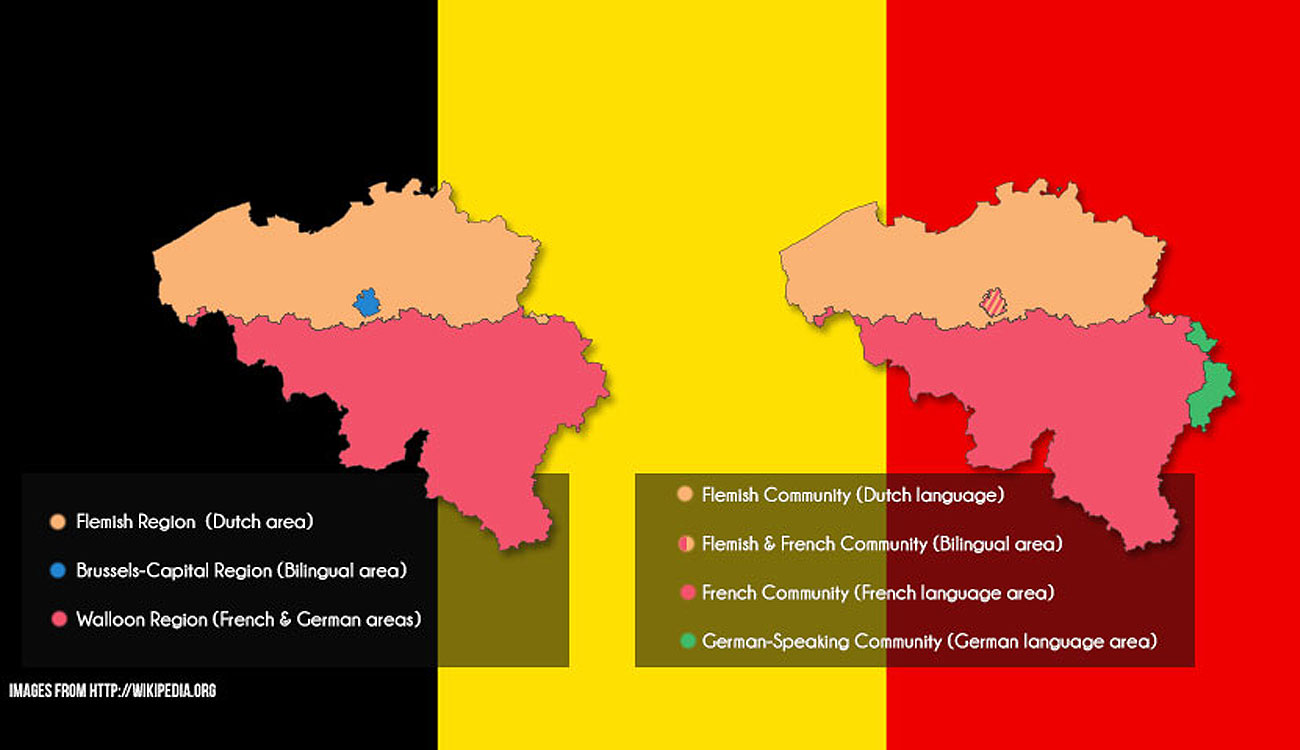
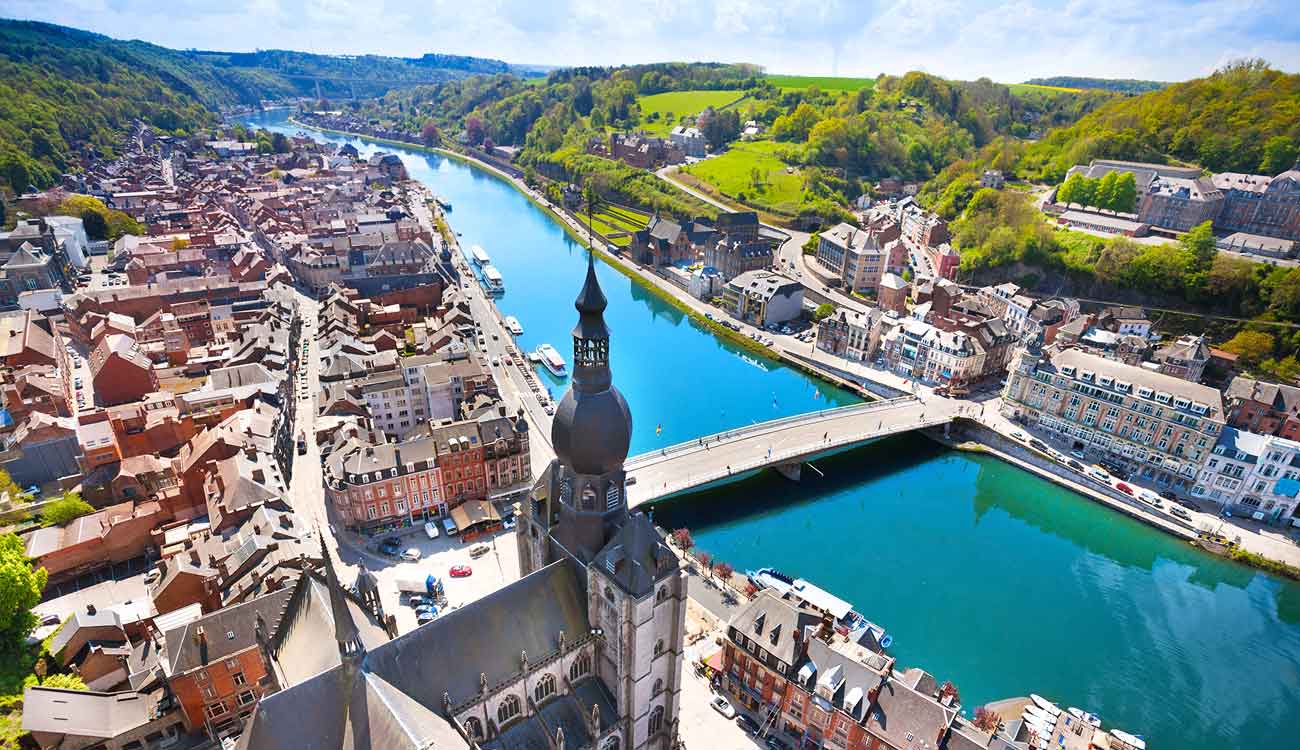
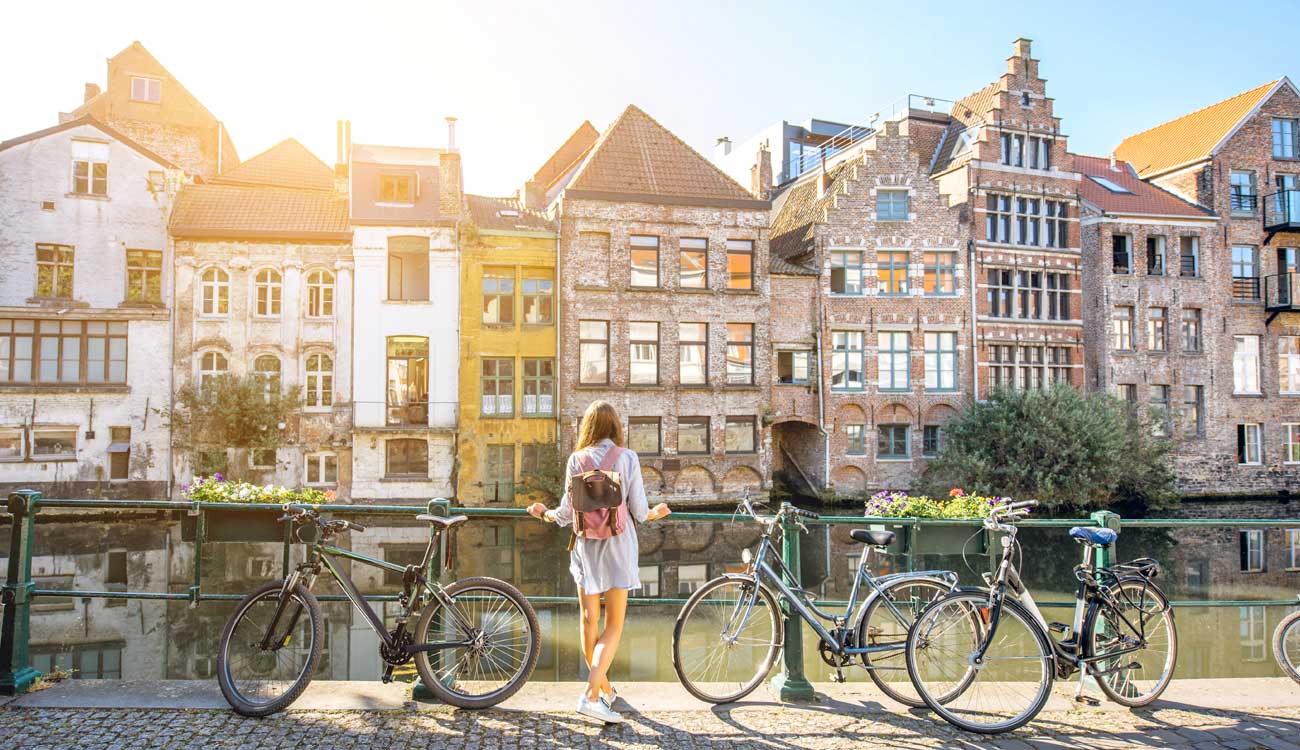
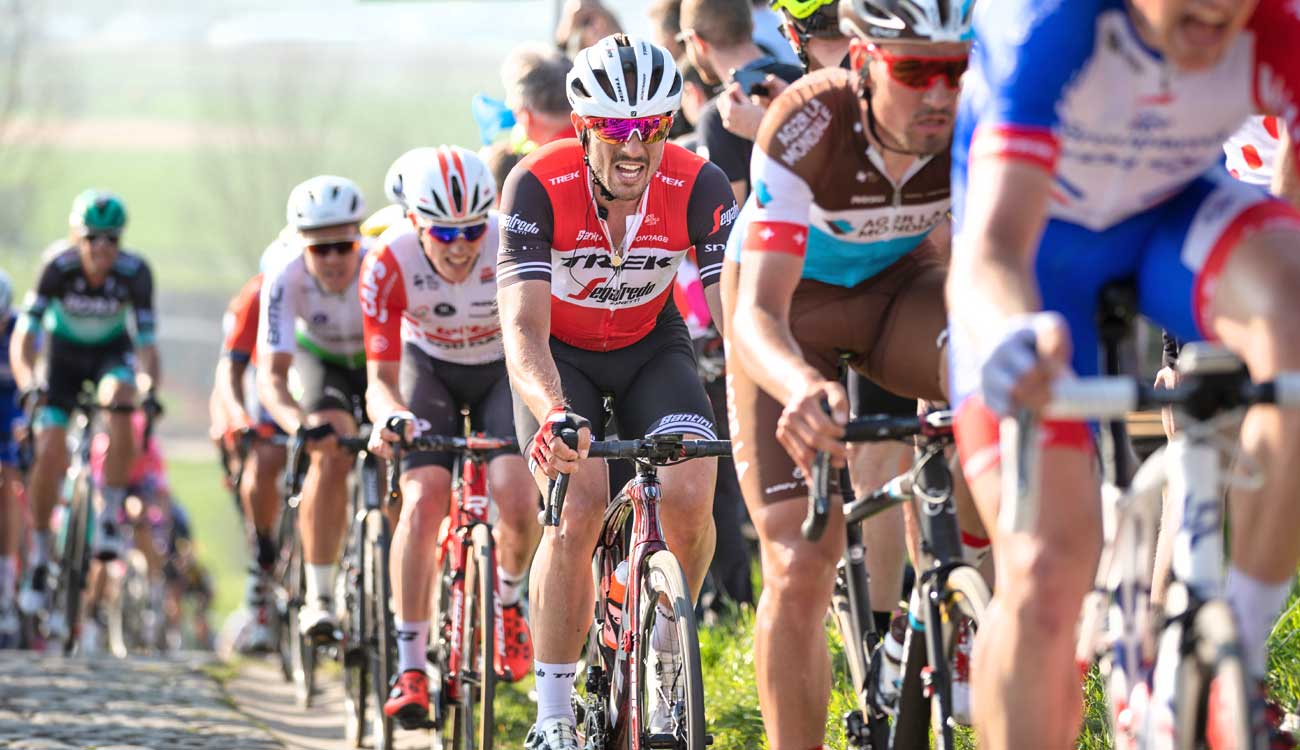
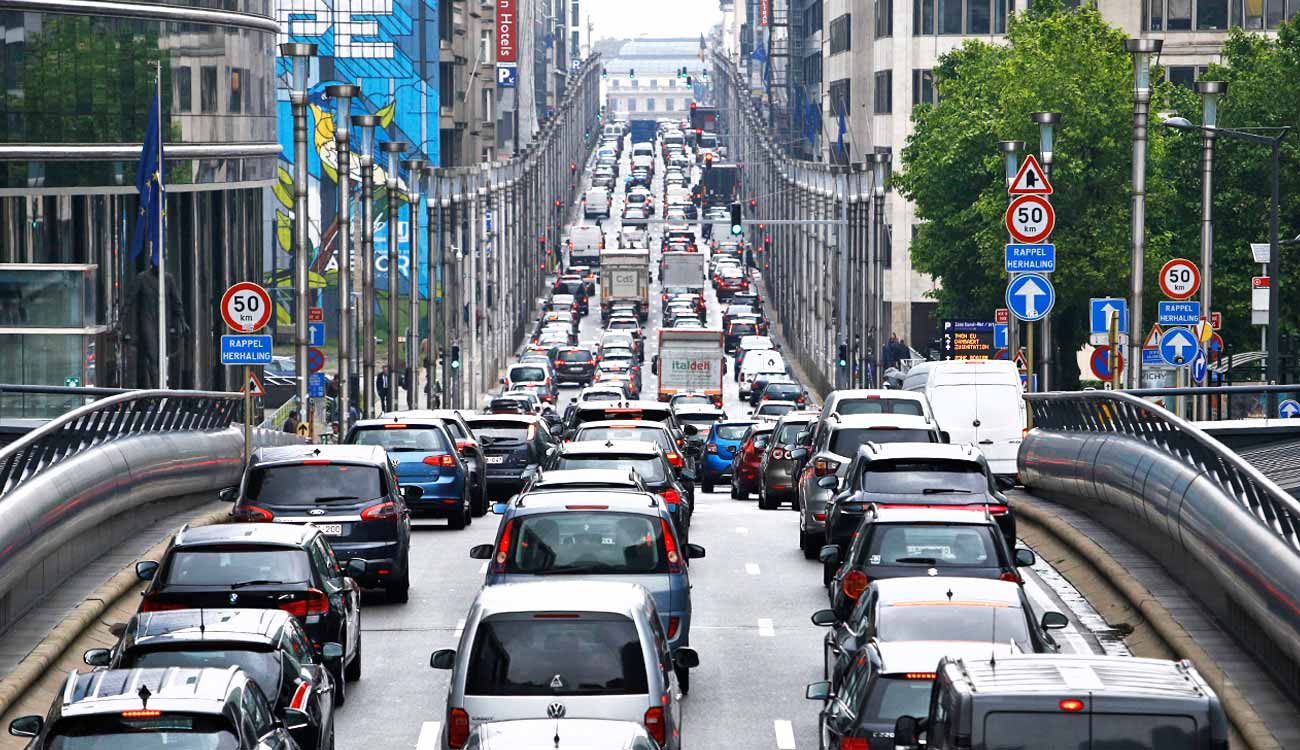
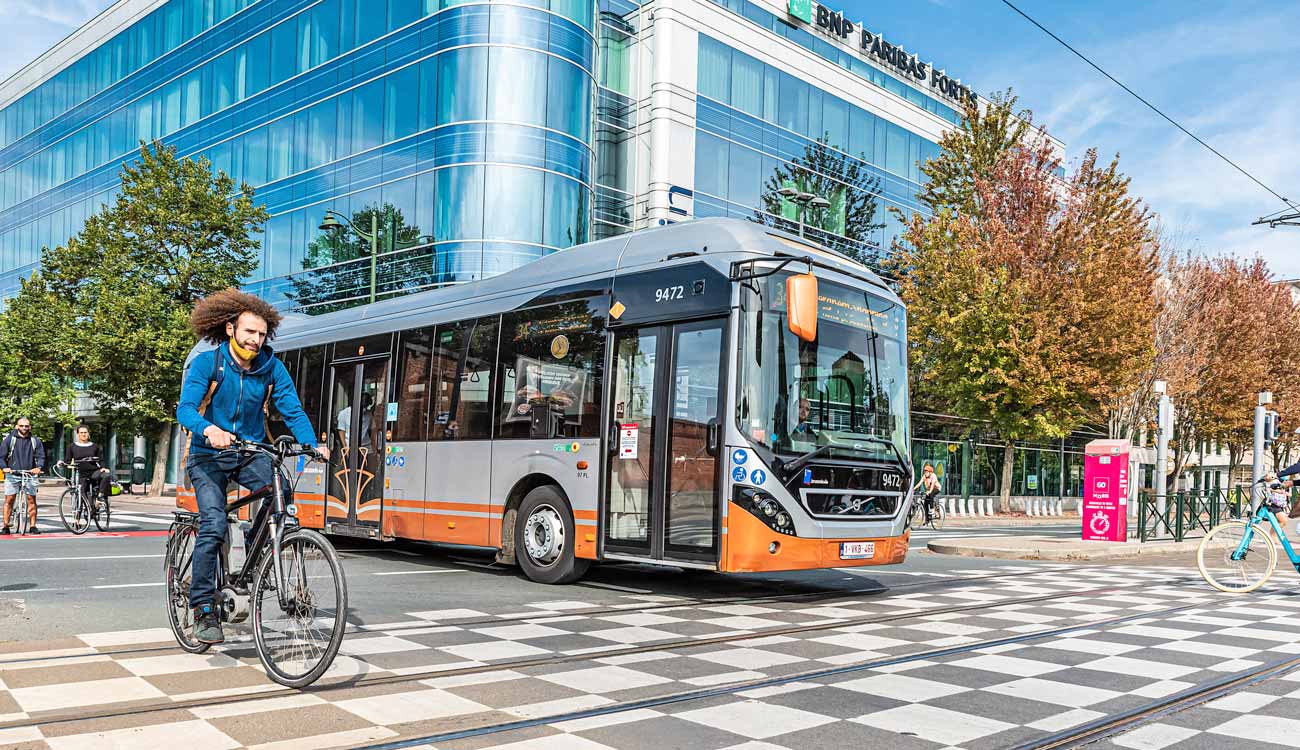
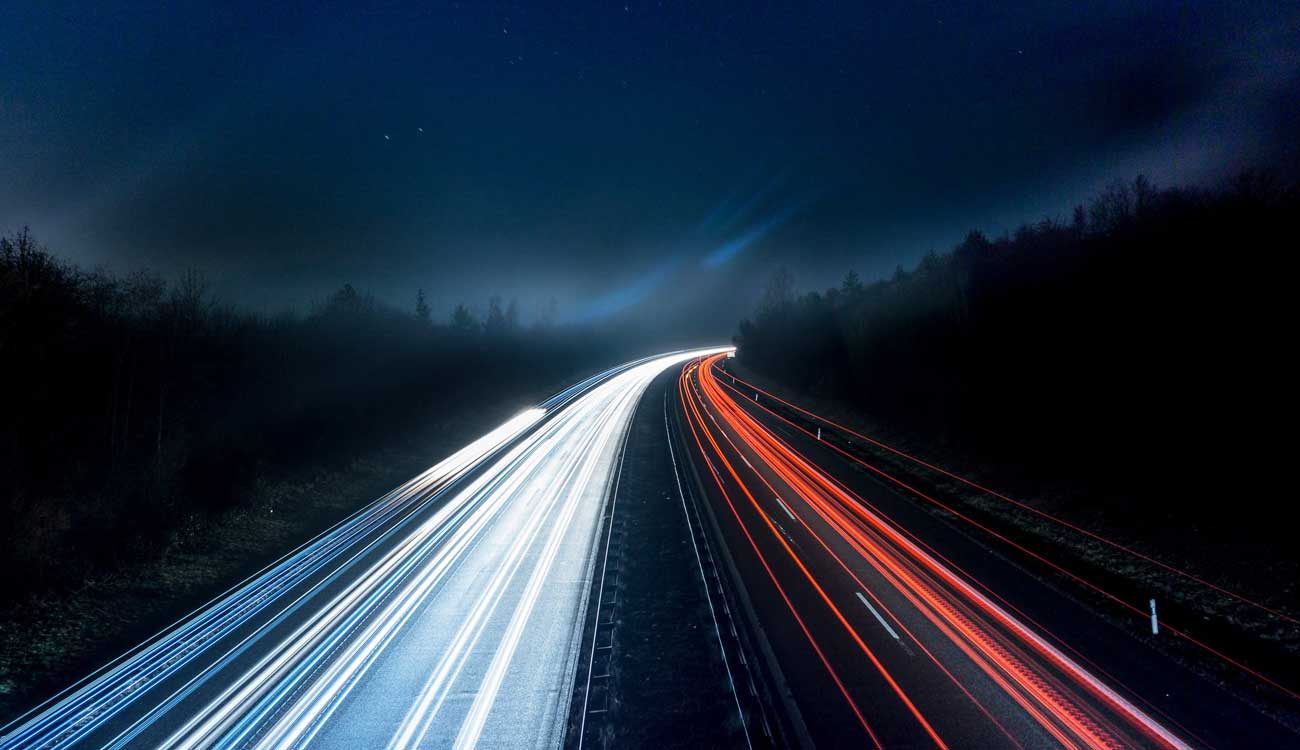
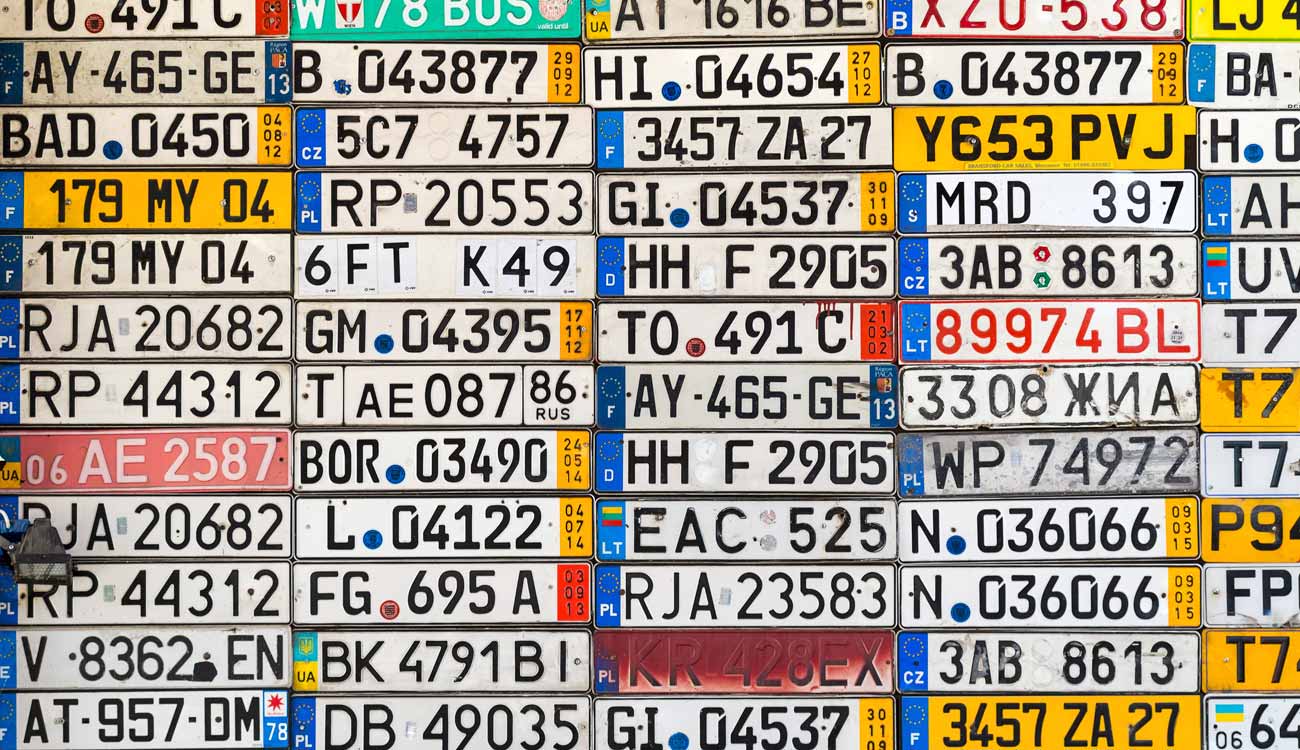
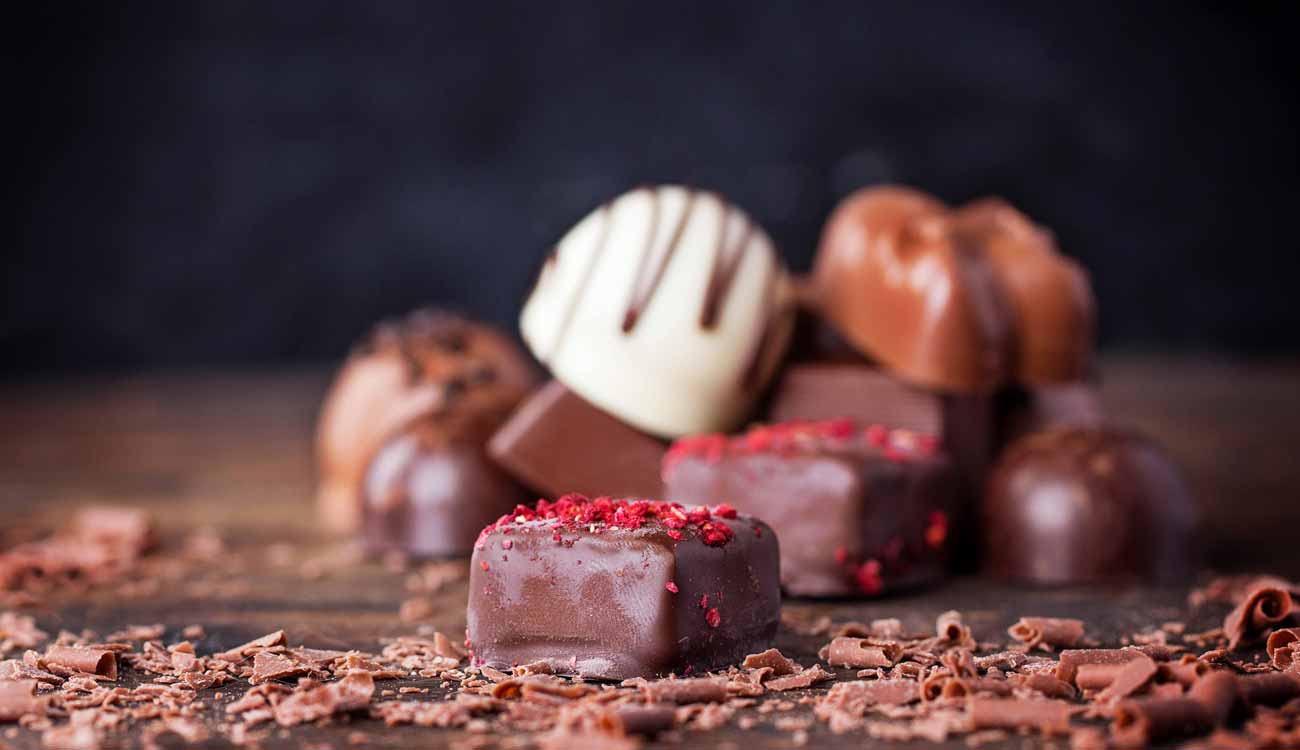
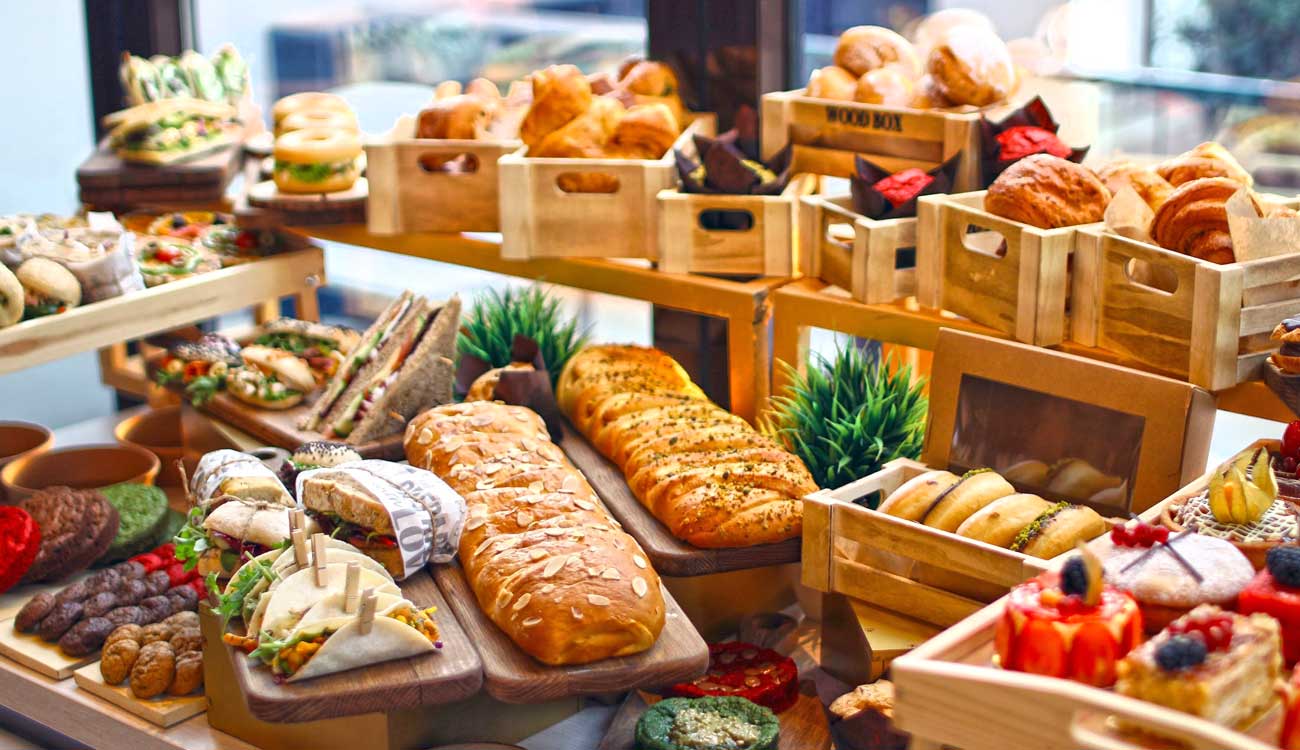
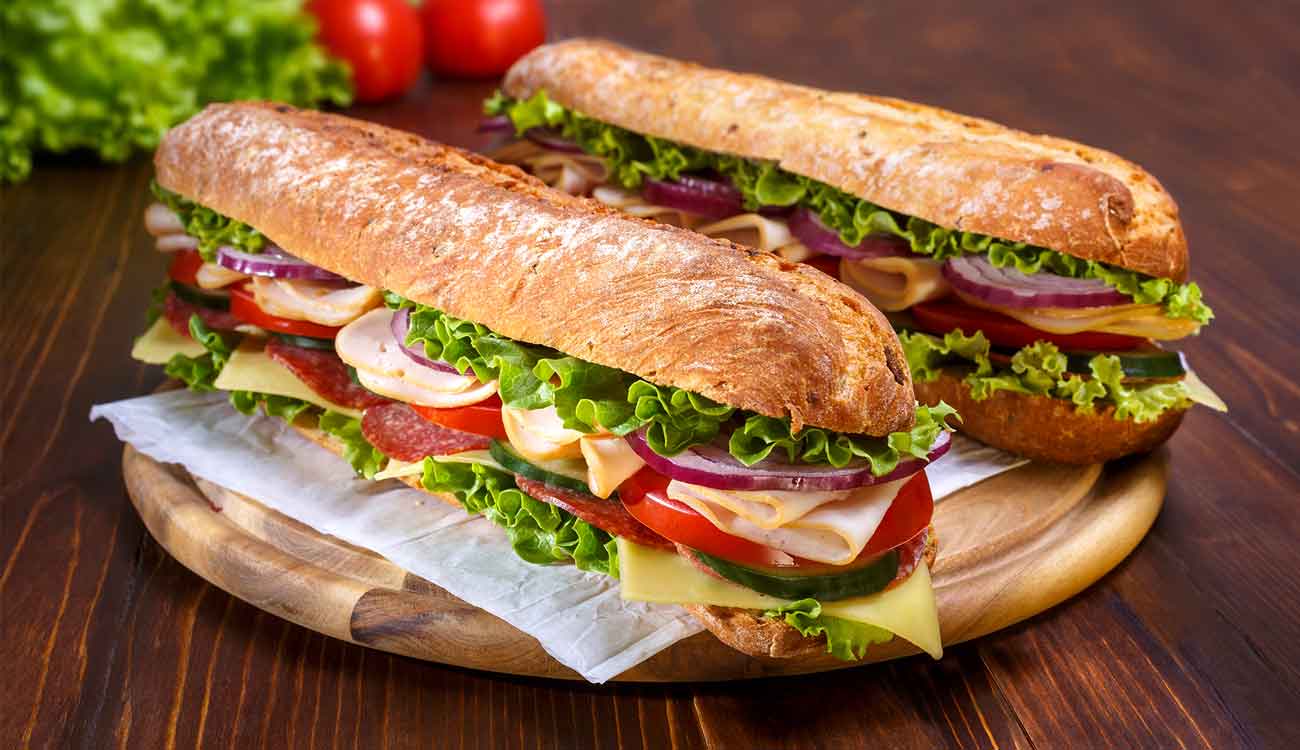
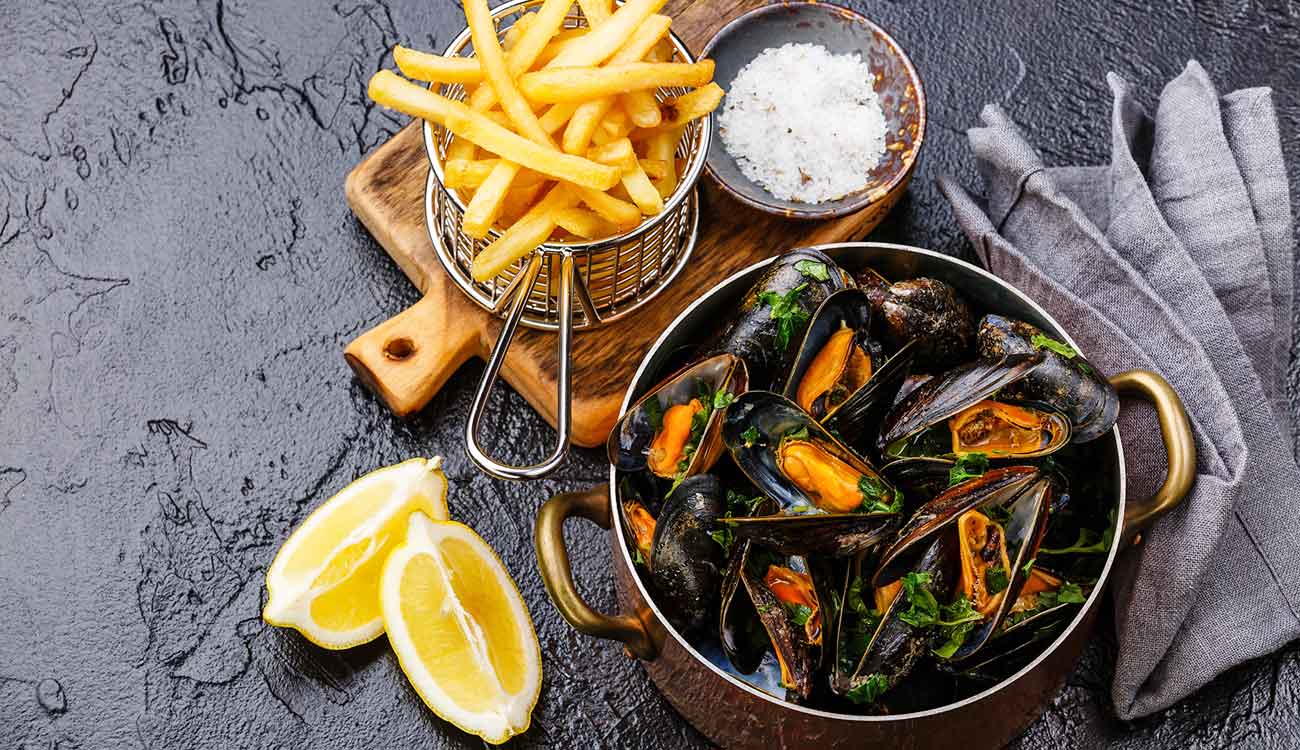
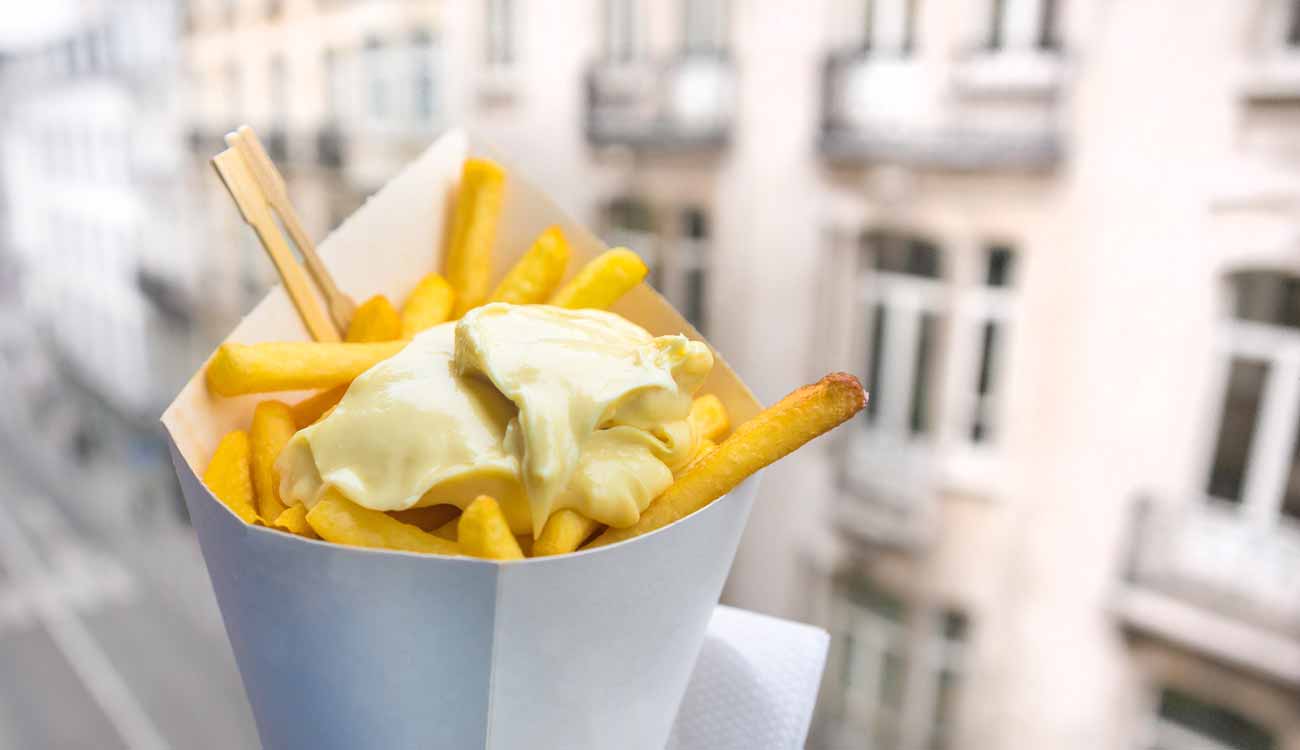
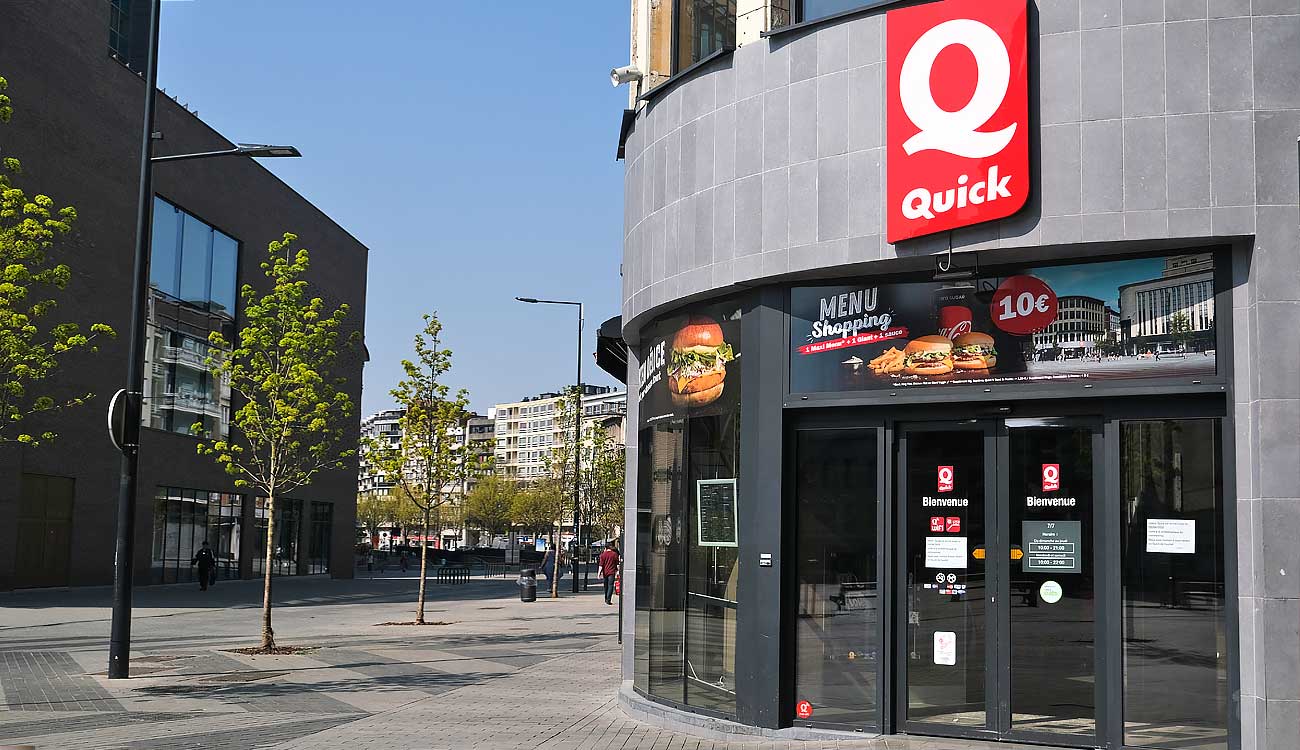

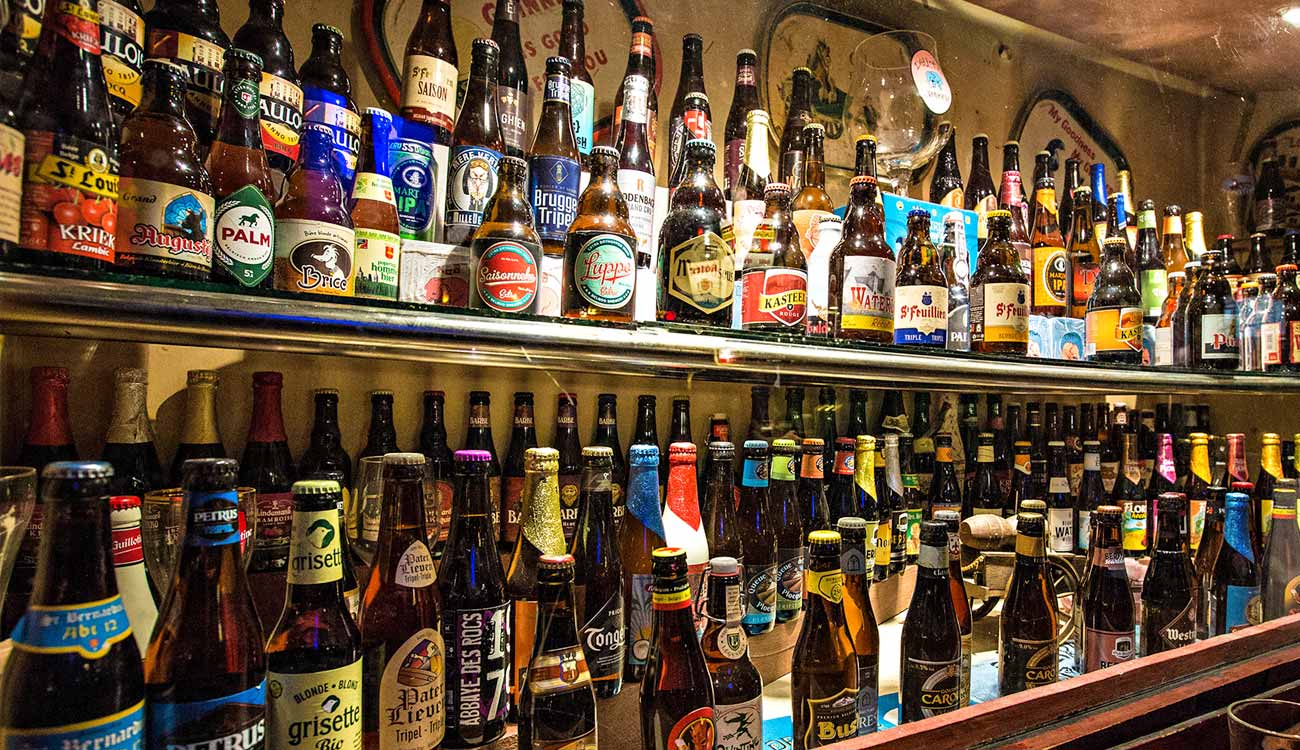
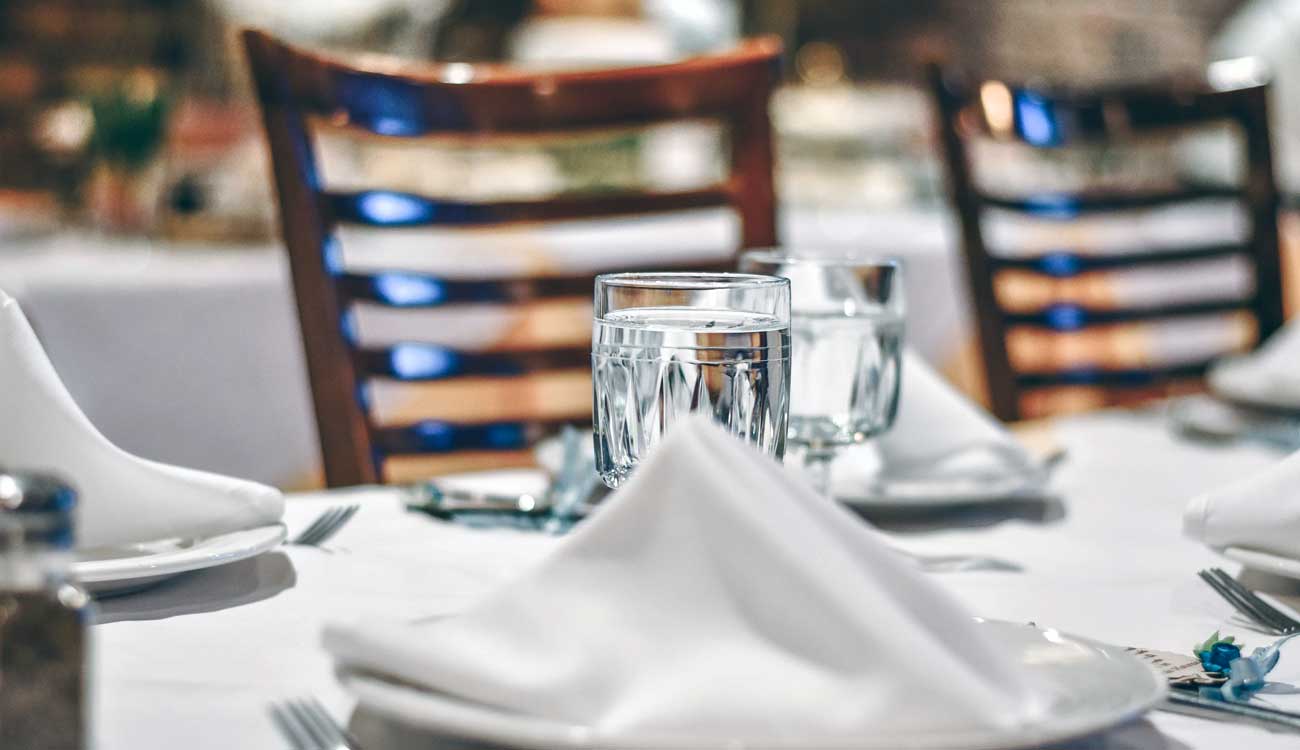
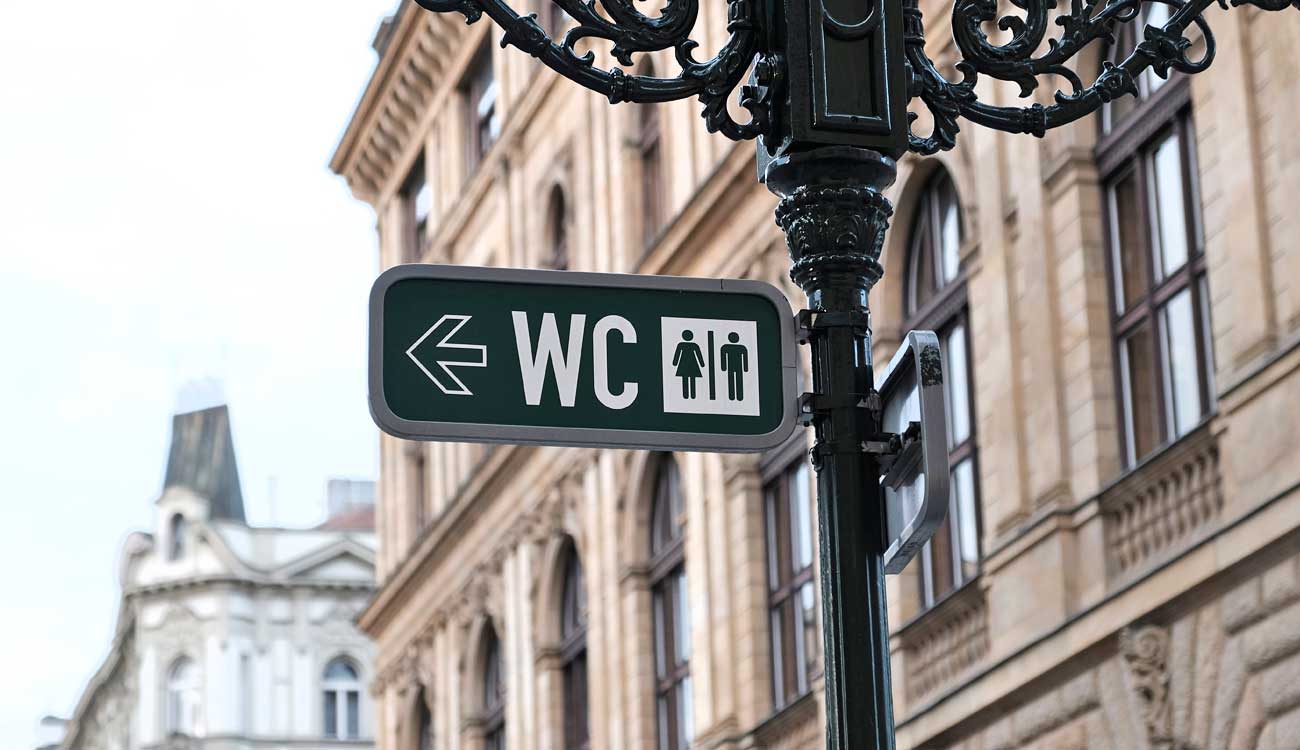
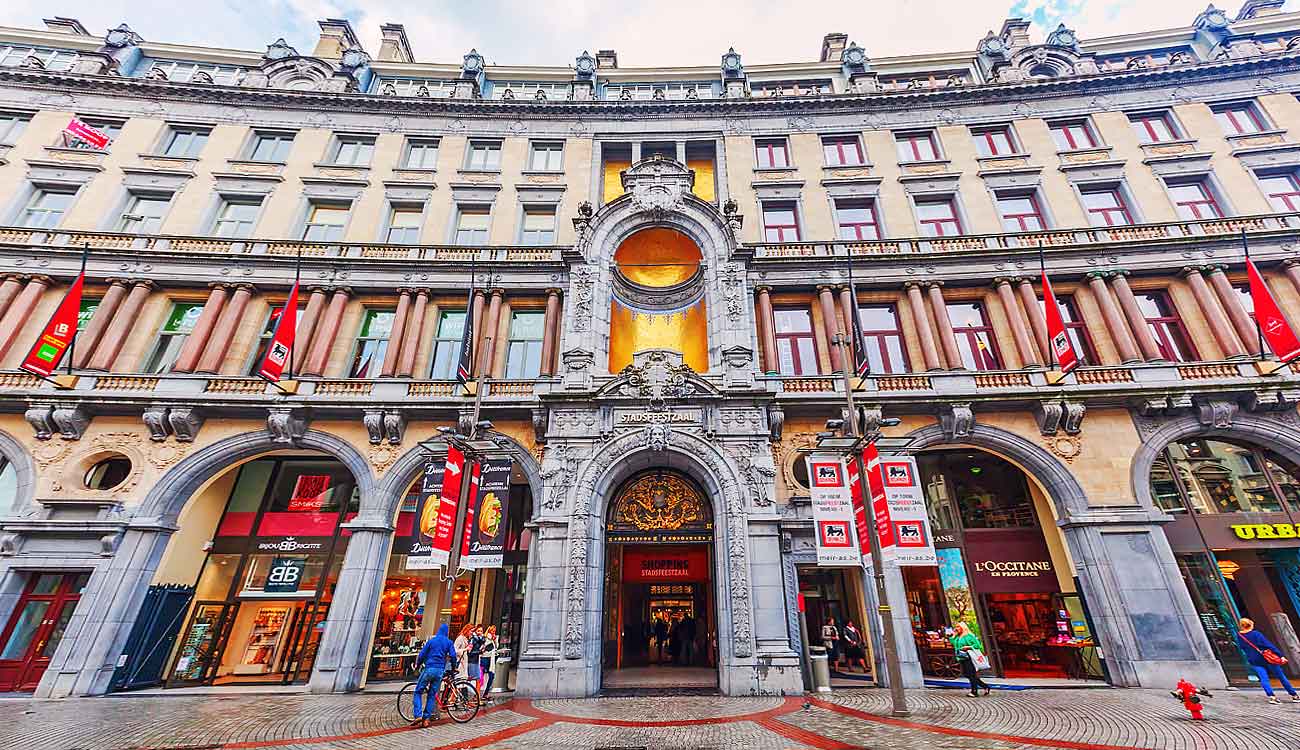
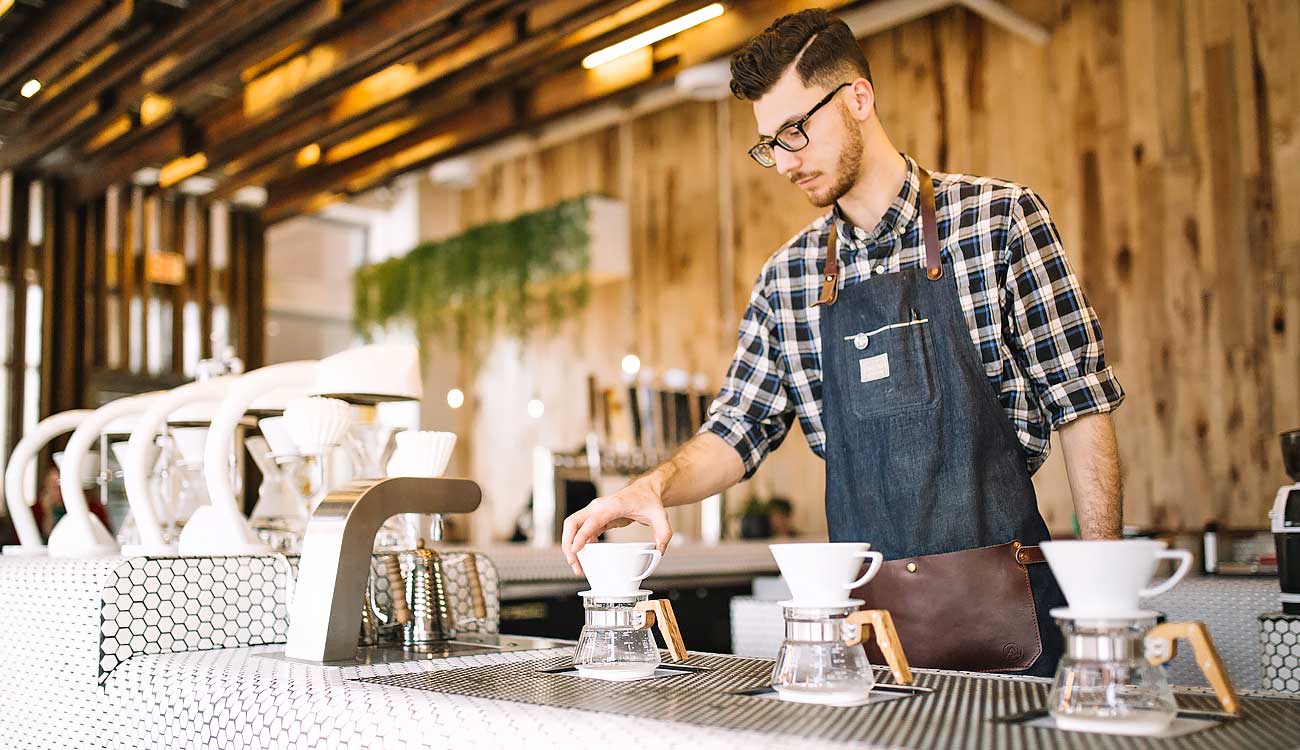

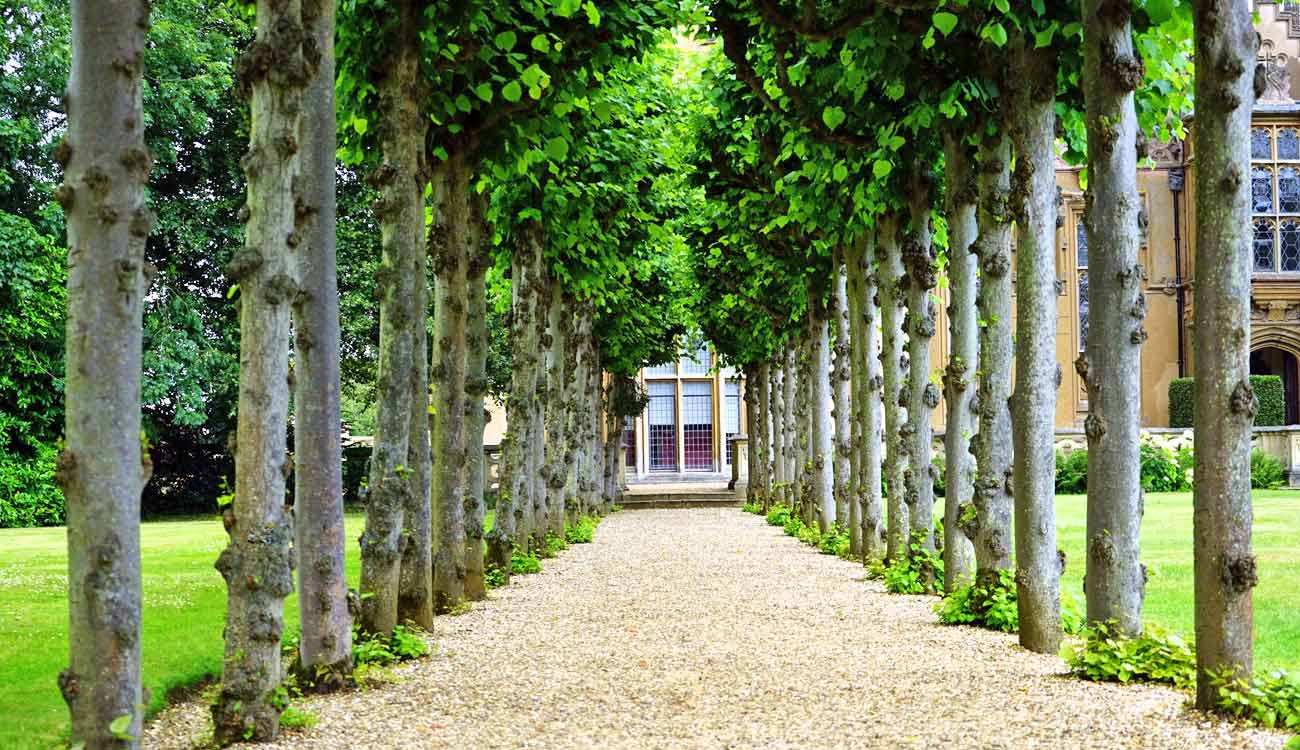
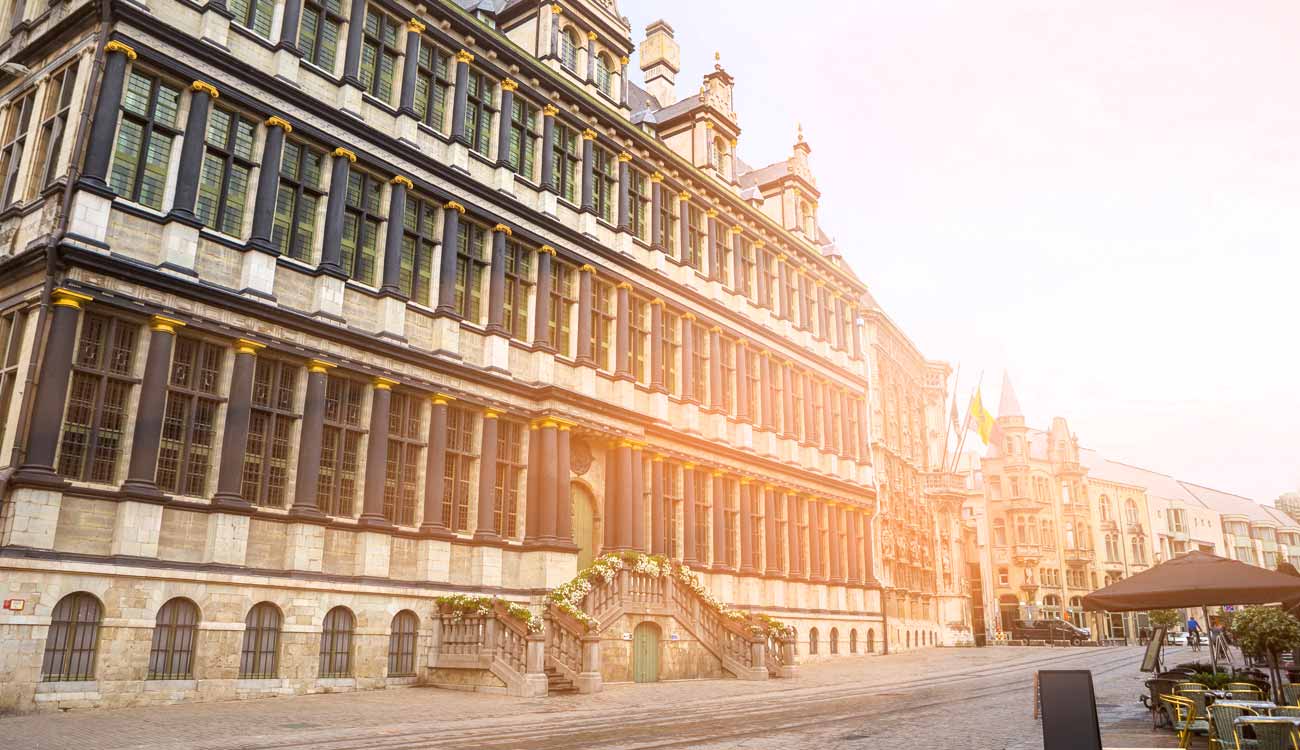
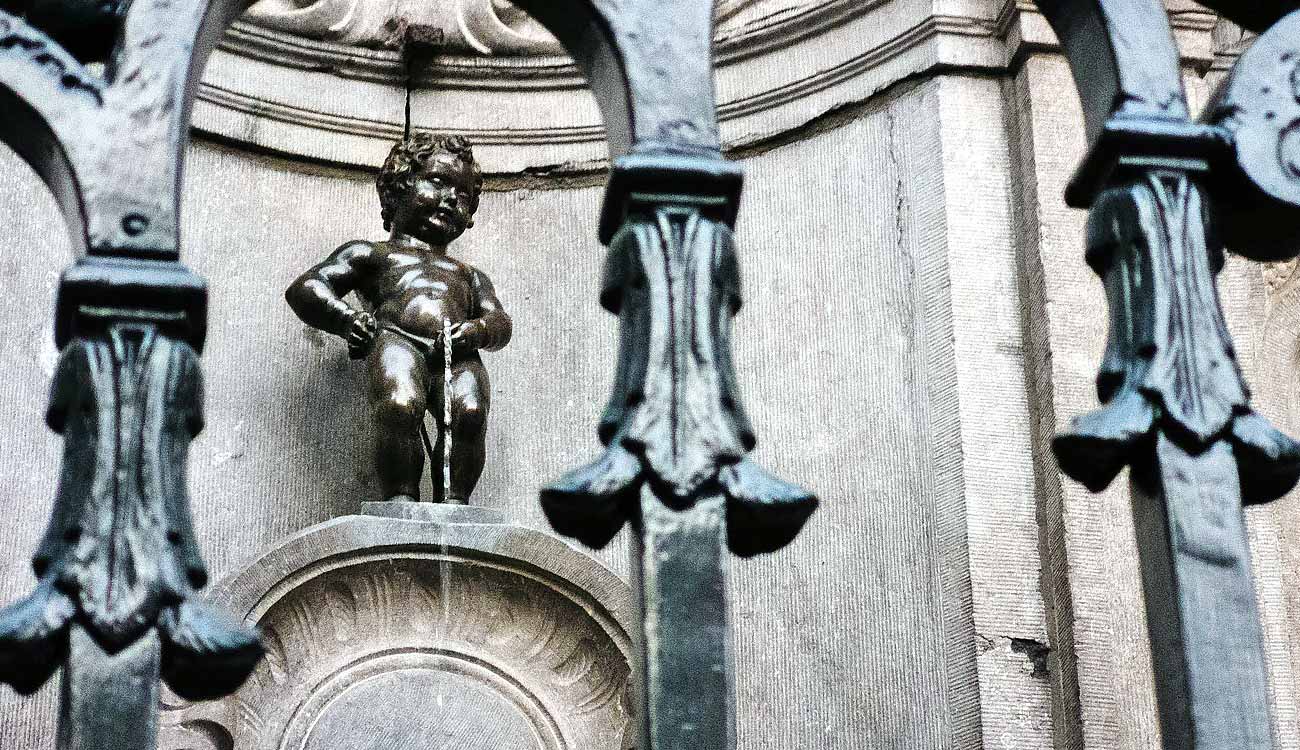
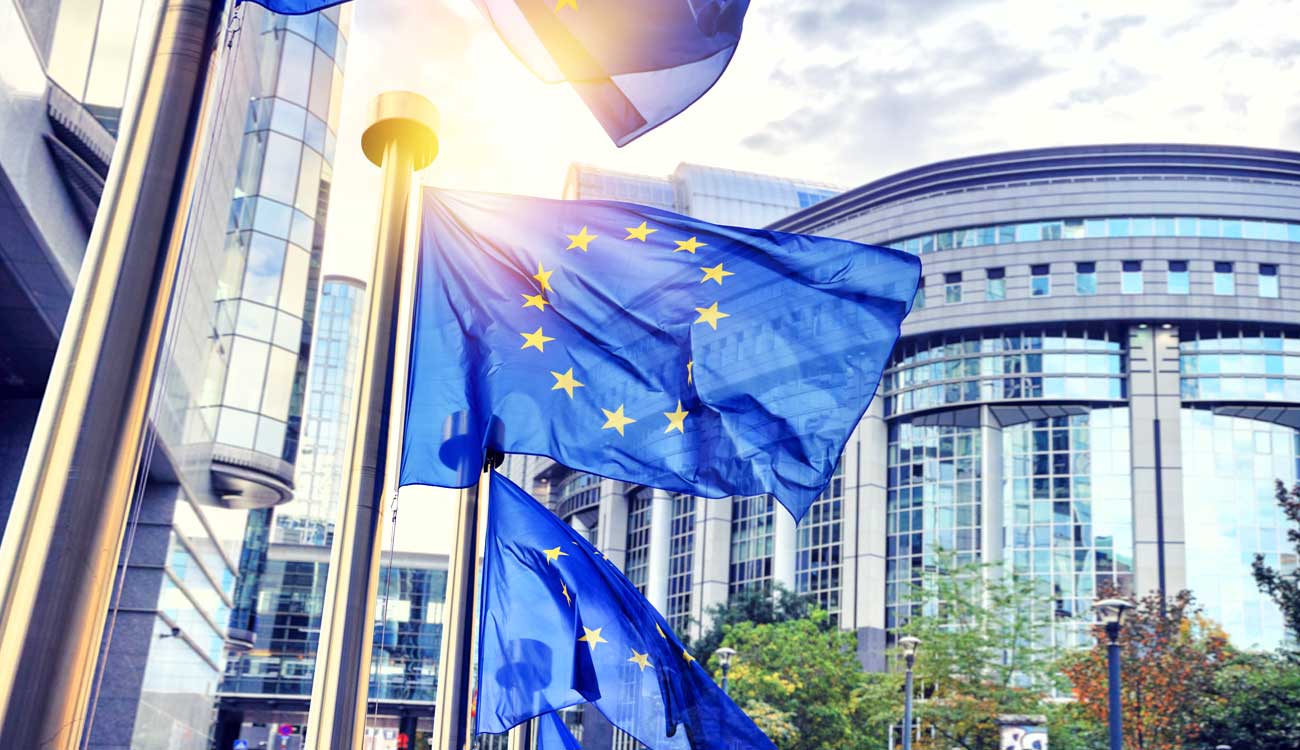
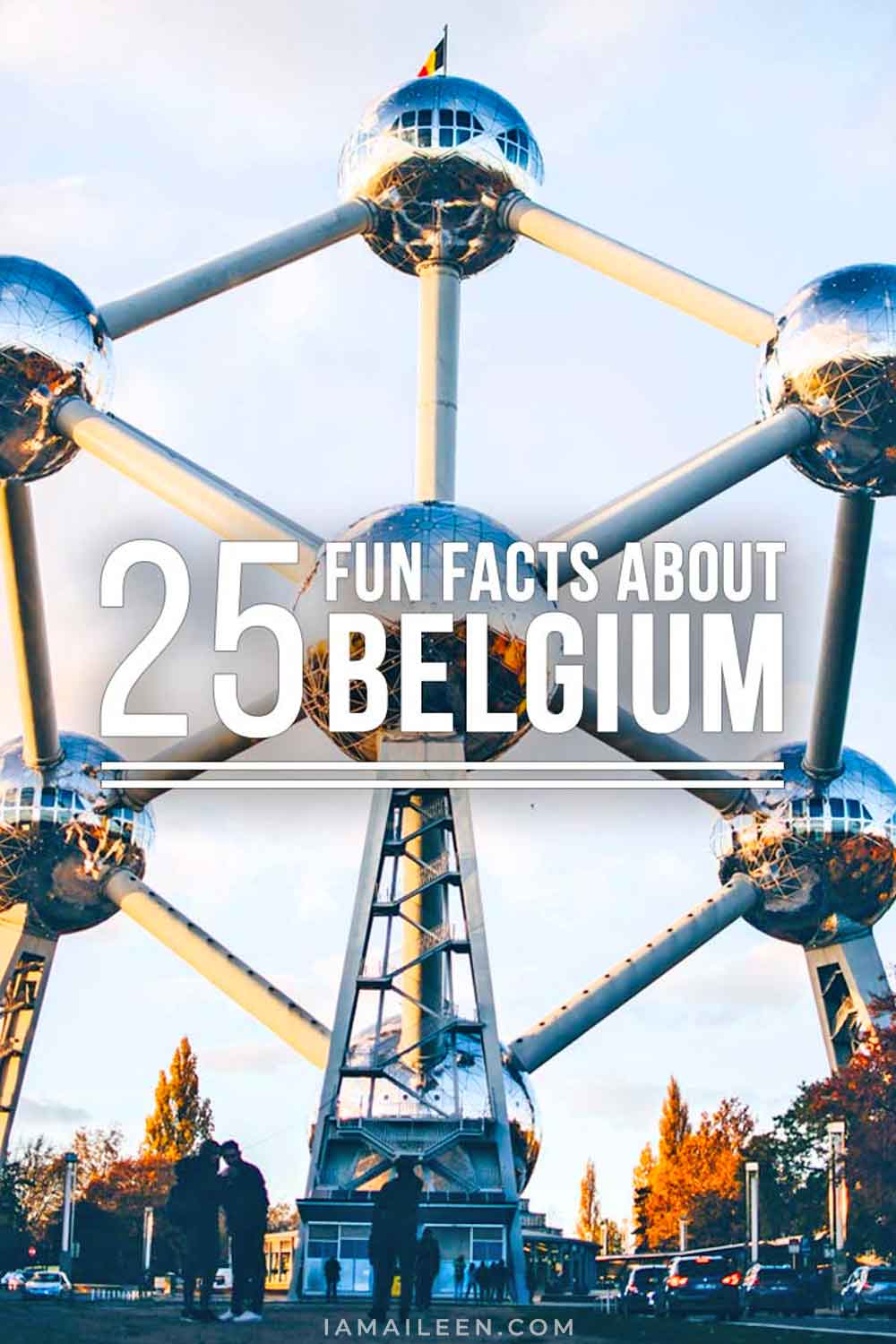


Hi Aileen,
I’m from Belgium :) nice post !
Don’t forget to visit the south of Belgium it’s nice too :)
Namur is a nice place to visit ;)
Hey Martin! Hallo! I definitely have been to the South. We went to the Ardennes one time and it was beautiful! I’ll definitely check by Namur too.
Great post! I love learning about new countries! Though this post has made me soooo hungry! (for chocolate…)
Againg, I love the photos esp. the brick houses. So, are you going back to Euro anytime soon? How about Turkey and Greece? :)
Thank you again! I’m actually still here :)
So yeah, probably (or I hope!) we can drop by Greece at least!
Belgium is a nice place! I like the brick houses. I can only imagine walking around with dainty little houses all around me. It reminds me of Ireland! :) The fries too! So the secret is in double frying the fries, eh? I bet it tastes goooood by the way you’re describing it.
It definitely tastes good! But there’s also a secret tecnhique to the double-frying it seems. So it’s not just you know, frying it two times. I think the secret was letting it rest for a while after the first fry, and then bam. And also, there should be a special oil used… wow. I feel like a Fries Goddess of Knowledge :))
I just want to say I am just new to weblog and definitely loved this web page. Very likely I’m going to bookmark your blog post . You amazingly come with remarkable articles. Cheers for revealing your blog site.